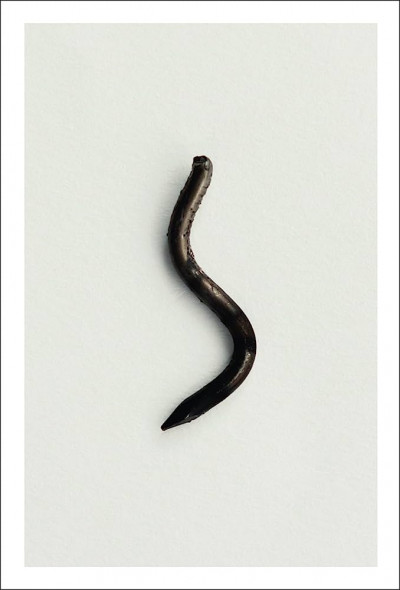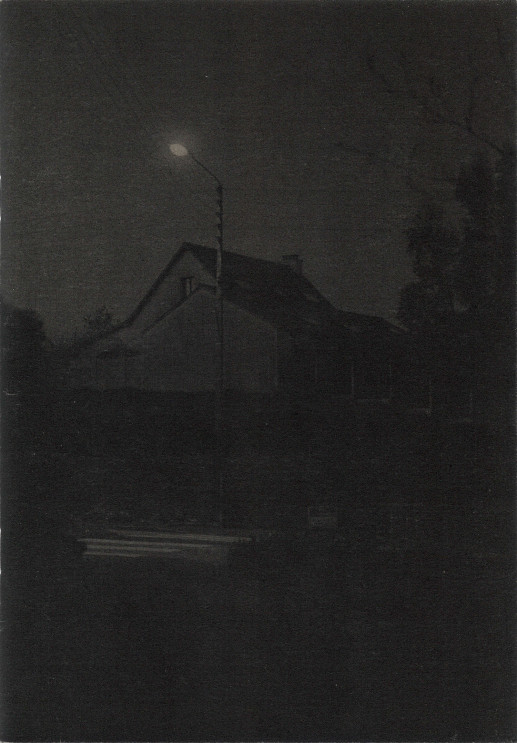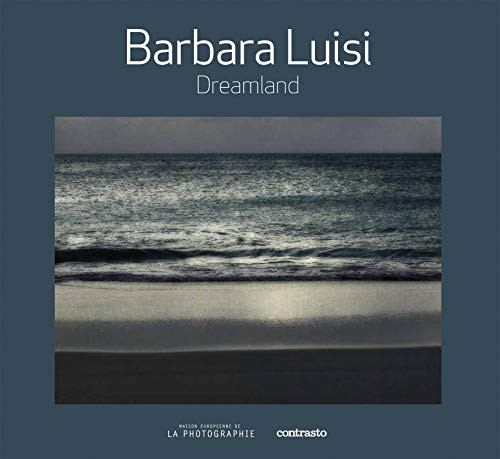- Monographie
Hussain – The Quiet Town of Tipton

€19.00 TVA incluse
1 en stock
On 12th July 2013, a bomb exploded close to the Kanzul Iman mosque in Tipton, West Midlands. The bomb had been packed with nails. The police reported that it was only because the bomber had incorrect information about when Friday prayers would take place that the blast did not result in mass injuries.
A week later, Pavlo Lapshyn, a Ukrainian student on a temporary work placement in Birmingham, was arrested and charged with the murder of 82 year old Mohammed Saleem who, in April 2013, had been stabbed to death on his way home after evening prayers at his local mosque. Lapshyn was also charged for the Tipton bombing and for earlier attacks near mosques in Walsall and Wolverhampton. He was sentenced at the Old Bailey to a minimum of 40 years imprisonment.
Tipton, in the Sandwell borough of the West Midlands, was once one of the most heavily industrialised towns in the Black Country. It became a natural destination for many young men from Pakistan who came looking for work, mostly in factories where they helped to rebuild Britain after the Second World War. They lived together, sharing houses and food. Over the years their dreams of returning to Pakistan faded as loved ones joined them in England and they established their homes, their families and their mosques in a new country.
Mahtab Hussain uses photography to explore the important relationship between identity, heritage and displacement. His work has been described as articulating a visual language that challenges prevailing concepts of multiculturalism. Mahtab has been the recipient of numerous awards and commissions from, amongst others, Arts Council England, Arts Humanities Research Council (AHRC), Mulitstory, Autograph ABP, New Art Exchange, Nottingham and Format Festival, Derby. His work has featured in The Guardian, Asian Voice, BBC Asian Network, Aesthetica Magazine and Source.
The Quiet Town of Tipton was commissioned by Multistory as part of an ongoing body of photographic work and archive that documents life in Sandwell and the Black Country. Photographers, writers and filmmakers are commissioned to work with local people to tell their stories of everyday life and recent commissions have included projects by Martin Parr, Mark Power & Bruce Gilden.


